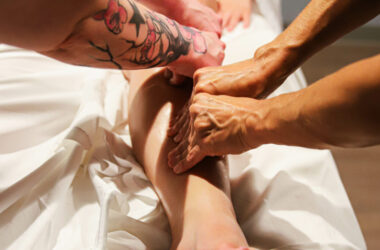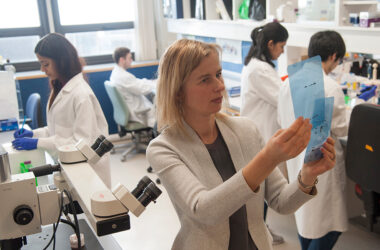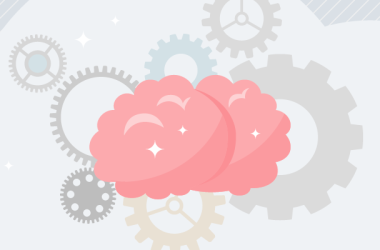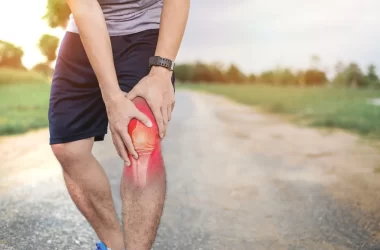Building robust and well-defined calf muscles can be a challenging but rewarding fitness goal. The calves have two main muscles: the gastrocnemius (the more significant, visible muscle) and the soleus (the more minor, deeper muscle). Both muscles work together to flex the foot and assist in knee flexion. Standing calf raise is one of the most basic and practical exercises for calf development. To do a standing calf raise, you need to stand with your feet hip-width apart. You then need to rise onto your toes and hold for a moment before lowering yourself back down again. Aim for 3-4 sets of 15-20 repetitions, focusing on a full range of motion and a controlled tempo.
The seated calf raise is another excellent exercise for developing your calves. It focuses on the soleus muscle and can be done in a gym or at home with a weight plate on your lap. Raise your heels to the maximum, then lower them back down. Do 3-4 sets of 12-15 repetitions, focusing on contracting your muscles throughout each movement. Jumping rope is an excellent cardiovascular exercise that strengthens and elongates your calves. As your stamina improves, you can incorporate different jumping styles to challenge your calves. For example, alternating feet or high knees.
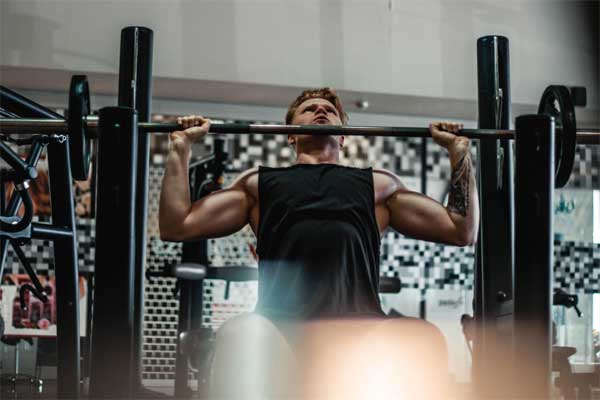
Walking on an incline, either on a treadmill or outdoors, is another effective way to target your calf muscles. The steeper the incline, the more your calves will have to work. Aim for 20-30 minutes of incline walking, 2-3 times per week, to see noticeable improvements in calf strength and definition. A plyometric exercise, such as a box jump or jump squat, will strengthen and condition your calves and help develop your calf muscles. To minimize the impact on your joints, perform 2-3 repetition sets with proper form and soft landings.
Consistency and proper form are essential when building calf muscles. Aim to train your calves 2-3 times per week, allowing for adequate rest and recovery between sessions. The amount of protein you consume per kilogram of body weight is crucial to muscle growth and repair, including calf development. Make sure you’re eating enough to support muscle growth and repair. Don’t forget to include lean protein sources like chicken, fish, lean beef, eggs, beans and lentils in your diet. Include lean protein sources such as chicken, fish, lean beef, eggs, and plant-based options like beans and lentils.
Stay hydrated throughout the day, particularly before, during, and after workouts. This will prevent cramping during intense calf exercises. It’s always best to talk to a healthcare professional before starting any new supplement regimen, such as creatine monohydrate, which has been shown to enhance muscle strength and size when used with resistance training.
However, it’s essential to be aware that how to get anavar can be high, and its use comes with potential health risks and legal implications. It’s always recommended to focus on natural methods of muscle building through proper exercise, nutrition, and rest. Patience is crucial when working on calf development. Calves can be stubborn muscles, and progress may be slower than other muscle groups. Keep going if you see immediate results. Stay consistent with your training, focus on progressive overload (gradually increasing the weight or repetitions), and give your body time to adapt and grow.
In addition to specific calf exercises, incorporate activities that naturally engage the calf muscles into your routine. These activities can include hiking, cycling, or dancing. They help build calf strength and improve overall lower-body endurance and coordination. Remember to listen to your body and avoid overtraining. If you experience persistent pain or discomfort in your calves, take a break and allow for proper recovery.



